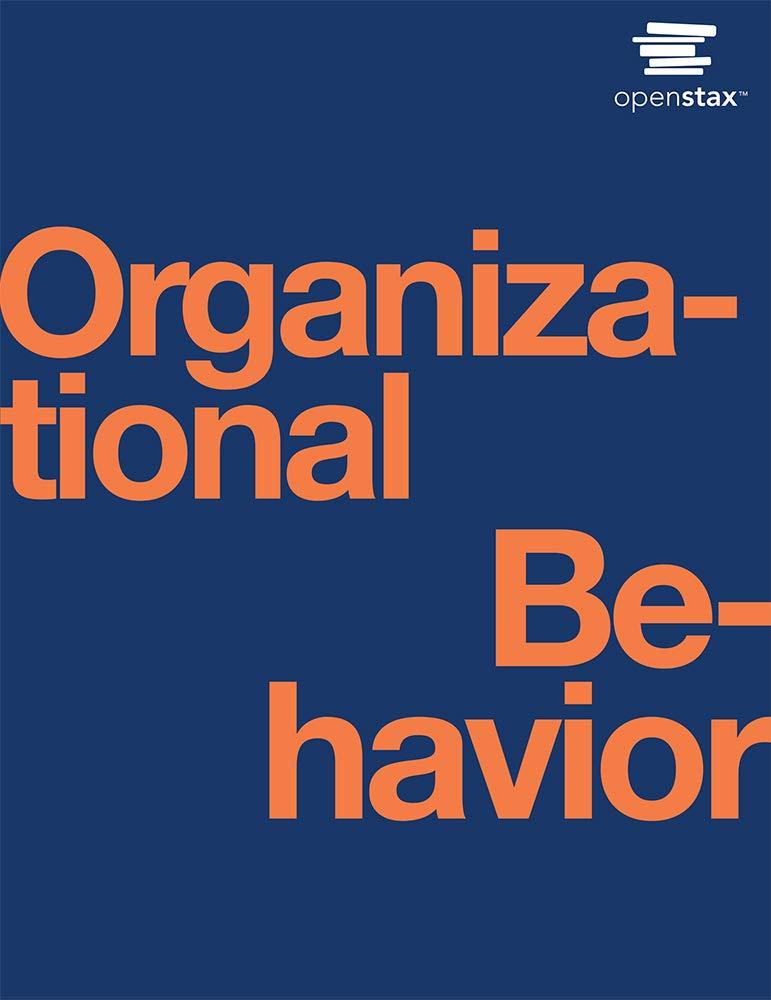Multinational companies are always challenged to determine the balance between global and local needs when creating a
Question:
Multinational companies are always challenged to determine the balance between global and local needs when creating a human resource management strategy. Some large companies weigh heavily on the side of centralization, with very few local deviations from the global strategy. Others may allow more localization of processes and decision-making if there are very specific local cultural needs that must be addressed. In either case, companies are well-served by maintaining global standards while also allowing for local market adaptation in the human resources areas where it makes the most sense.
According to the MIT Sloan Management Review article “Six Principles of Effective Global Talent Management” (Winter 2012), most multinational companies introduce global performance standards, competency profiles, and performance management tools and processes. These are the human resources areas that are most closely linked to the overall strategies and goals, and thus remain at the global level. Those HR processes that are not perceived as being as closely linked to the strategy and that may need to have local market inputs include processes such as training and compensation. Hiring practices may also need to be locally adapted, due to country-specific labor laws and challenges. One caveat, however, is that a company may limit itself in terms of its global talent management if it has too many country-specific adaptations to hiring, assessment, and development processes for top talent. It is important that the company takes a global approach to talent management so that cross-learning opportunities and cross-cultural development opportunities can take place.
One of the most important aspects of global talent management is that a company can break down silos and pollinate the business with talented employees from around the globe. Some companies even have global leadership programs that bring together high-potential leaders from across the organization to build camaraderie, share knowledge, and engage in learning. Others have created rotational programs for leaders to be able to experience new roles in other cultures in order to build their personal resumes and cultural intelligence. Human resources can have an enormous impact on the company’s ability to harness the power of a global talent pool when they create a global network for talent while also balancing this with the requirements of the local market.
Discussion Questions
1. What are the challenges of a company developing a different competency model or performance management process for each of its local offices?
2. Why might compensation programs and hiring practices need to have local adaptation? What would be the risks if these were not adapted to local markets?
Step by Step Answer:






